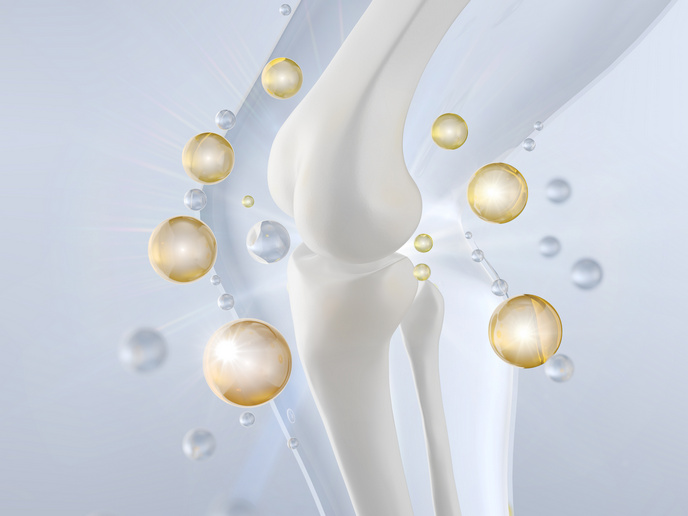Pan-European NMR research infrastructure
Europe is at the forefront when it comes to development of NMR methodology and European scientists have already won three Nobel prizes. Sadly, due to imbalance in European research capacity, there are concerns about losing talented European researchers to state-of-the-art facilities in Asia, Canada and USA. To optimise resource allocation and provide better access to NMR research infrastructure (RI) throughout western and eastern Europe, the EU-funded project EAST-NMR(opens in new window) was initiated. With 21 academic and industrial partners, EAST-NMR successfully fulfilled their objectives. They optimised access to NMR instrumentation transnationally and provided requisite training to improve research capacity in Europe. 150 European guest scientists from 16 countries obtained 1180 days of access to solid-state NMR and other top NMR facilities. 12 staff exchanges, young investigator meetings and conferences also served as a forum to promote collaborations between young and senior researchers. In parallel, EAST-NMR worked on improving the quality of NMR-based research by developing and optimising standard operation procedures (SOPs) for assays, sample screening and preparation. This included SOPs for production and purification of proteins as well as solid-state NMR spectroscopy. Members also carried out a pilot study for commercial on-demand protein production and developed price estimates. High-throughput automated screening, selective labelling and automated cell-free protein preparation methods were successfully developed. To support these developments, appropriate software such as the ‘UPLABEL’ algorithm and ‘Protein Dynamic Center’ were developed. In terms of hardware, an automated sample changer for solid-state NMR applications with biological tissues was developed. The SOPs and experimental set-ups developed at all RIs are currently freely available on the EAST-NMR website. 105 events were held to attract interest in life sciences with workshops, 5 major conferences and 17 regional conferences. The beneficiaries of the project, primarily East European institutes, were able to obtain national funding and upgrade their NMR spectroscopy equipment. The innovations resulting from pan-European NMR RIs could prove to be useful in the development of novel effective drugs, better nutrition and effective environment remediation techniques. This should ensure Europe’s leading position in NMR as well as the pharmaceutical and biomedical sector.







